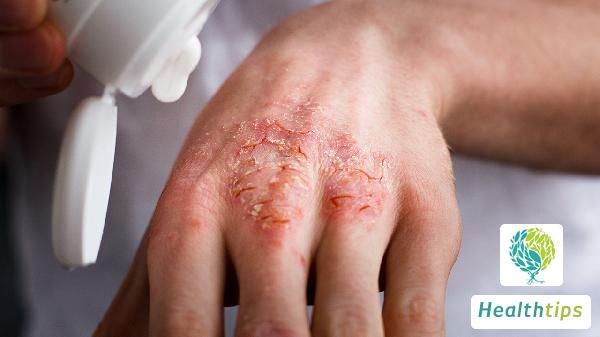"What is the Neutrophil Ratio in Leukemia?"
White Blood Cells and Leukemia Overview

White blood cells (WBCs) encompass a diverse group of cells in the bloodstream, primarily comprising monocytes, lymphocytes, and neutrophils. Leukemia is a malignant clonal disorder of hematopoietic stem cells, characterized by the stagnation of leukemic cells at a particular stage of differentiation, impeding the production of other normal blood cells. Notably, neutrophils constitute a significant proportion of WBCs in leukemia.
In leukemia treatment, the proportion of neutrophils is often higher than that of red blood cells and platelets. Furthermore, the WBC ratio positively correlates with disease severity; the higher the ratio, the more severe the disease. Here are two primary types of leukemia:
1. Chronic Myeloid Leukemia (CML)
CML is a chronic, myeloproliferative neoplasm that progresses gradually. It is characterized by symptoms such as splenomegaly (enlarged spleen), generalized fatigue, night sweats, and weight loss. This type of leukemia is associated with neutrophil proliferation, resulting in a typically high neutrophil percentage.
2. Acute Leukemia
Acute leukemia onsets rapidly, manifesting in symptoms like anemia, fever, and bleeding. Bleeding may present as petechiae, ecchymoses under the skin or mucous membranes, or increased menstrual flow. Leukemia often leads to a decrease in normal neutrophils, contributing to a lower neutrophil percentage. Besides chemotherapy, treatment options for leukemia include radiotherapy and targeted therapy.
Chemotherapy involves using chemical agents to kill tumor cells but can also harm healthy cells, leading to complications like nausea, vomiting, and bone marrow suppression. Targeted therapy employs drugs that specifically attack targeted sites but may also damage normal cells, resulting in similar complications. Consequently, both chemotherapy and targeted therapy can damage neutrophils, leading to an increased neutrophil ratio during treatment.
During treatment, it is crucial to maintain a bland diet, avoiding spicy and cold foods that can irritate the body. Adequate hydration, a positive mindset, moderate exercise, and avoiding overexertion are also essential for recovery.



















